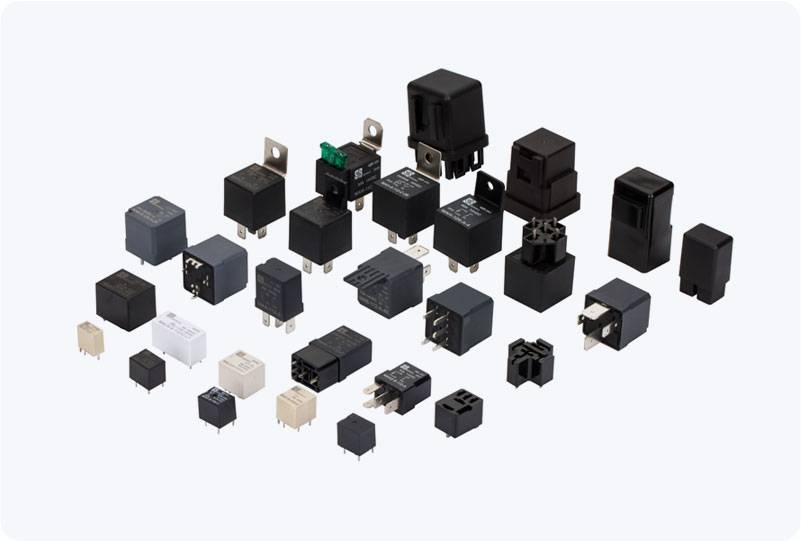Electromechanical switches are essential components in modern electrical systems, bridging the gap between mechanical actions and electrical control. These switches combine mechanical movement and electrical circuits, providing a means to control the flow of electricity. Widely used in various industries, electromechanical switches are crucial for turning devices on and off, controlling machines, and enabling automation. In this article, we will explore the types, working principles, applications, advantages, and limitations of electromechanical switches.

Types of Electromechanical Switches Electromechanical switches come in many forms, each designed for different applications. The most common types include: Push-button switches: These switches are often used in situations where a user needs to manually intervene to activate or deactivate a device. When the button is pressed, the switch closes the circuit, allowing electricity to flow. Once the button is released, the circuit opens, cutting off the flow of electricity. Toggle switches: A toggle switch uses a lever or handle that can be flipped up or down to change the state of the circuit. Toggle switches are typically used in environments where the user needs to select between two distinct positions, such as turning a light on or off, or adjusting a machine’s operating mode.